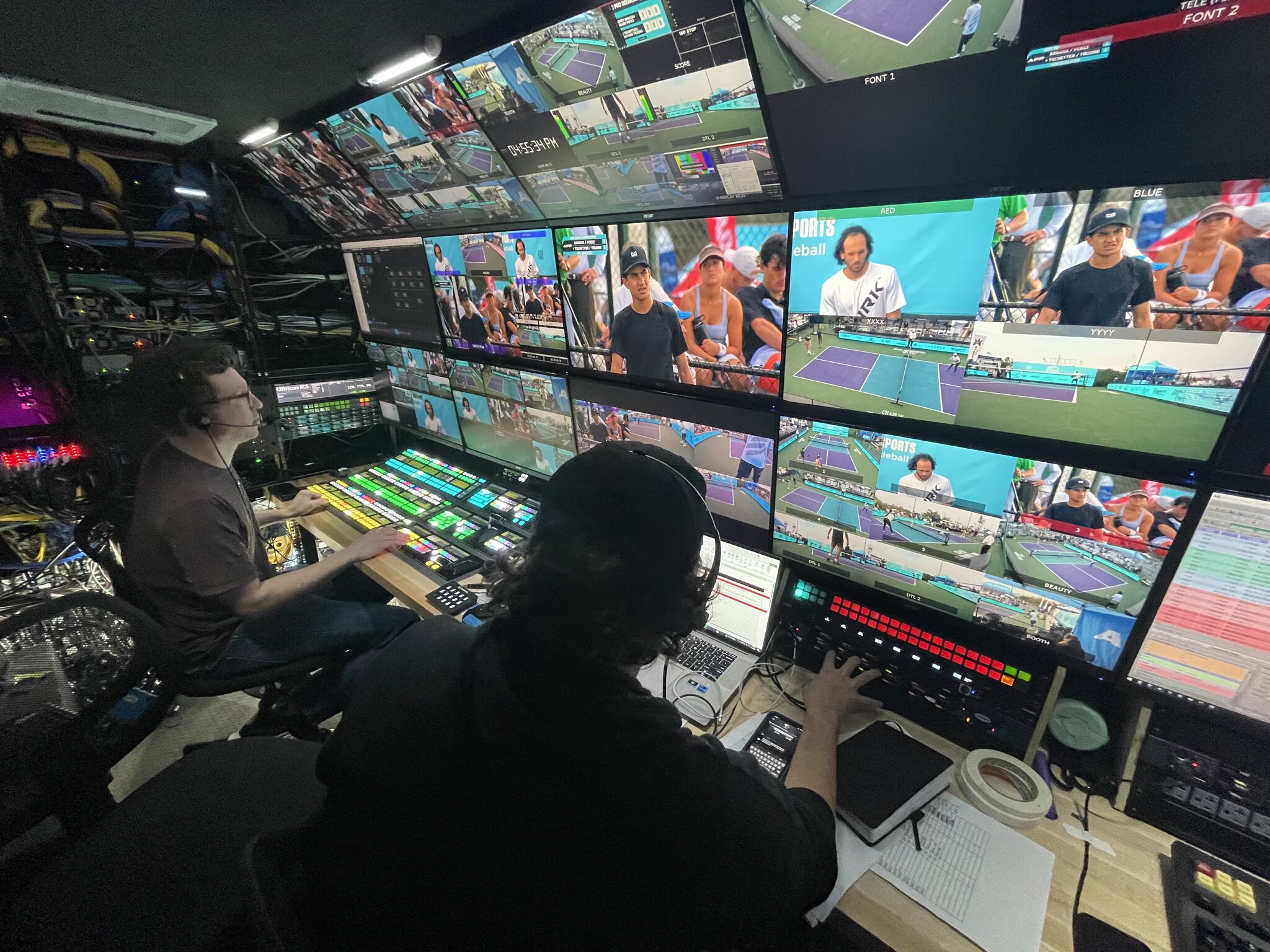Introduction to Sports Broadcasting Stations
In the realm of sports entertainment, broadcasting stations https://gyaane.com/ play a vital role in bringing live events, news, and analysis to a global audience of millions. Creating your own sports broadcasting station can be a fulfilling pursuit, blending your love for sports with the thrill of media production. This detailed guide will lead you through the fundamental steps to launch and run a prosperous sports broadcasting station.
Step 1: Define Your Niche and Audience
Before delving into technical details, it is crucial to delineate your niche and target audience. Reflect on the sports you aim to extensively cover and pinpoint the demographics of your potential viewership. Will you concentrate on mainstream sports like soccer and basketball, or opt for niche sports like fencing or surfing? Grasping your niche will steer your content strategy and facilitate the attraction of a committed audience.
Step 2: Legal and Regulatory Considerations
Obtain Necessary Licenses and Permits
Compliance with legal requirements is paramount when setting up a broadcasting station. Research the broadcasting regulations in your country or region to obtain the necessary licenses and permits. These may include broadcasting licenses, music performance licenses (if you’ll be using music in your broadcasts), and permissions for commercial operations.
Copyright and Intellectual Property
Make sure you grasp copyright laws and intellectual property rights, particularly regarding broadcasted content. Secure permissions or licenses for broadcasting events and utilize copyrighted material to steer clear of legal complications.
Step 3: Planning Your Broadcasting Infrastructure
Studio Setup and Equipment
Physical Studio Requirements
Set up a dedicated studio space equipped with broadcasting essentials:
- Broadcasting Booth: Install soundproofing materials for quality audio recordings.
- Camera Setup: Choose high-definition cameras capable of capturing fast-paced sports action.
- Lighting: Invest in professional lighting to enhance video quality and clarity.
Technical Equipment
- Switchers and Mixers: Use video switchers and audio mixers for seamless live broadcasts.
- Broadcasting Software: Utilize broadcasting software for real-time editing and streaming.
- Storage and Backup: Implement robust storage and backup solutions for archived footage.
Satellite and Transmission
Transmission Methods
Choose a reliable method for transmitting your broadcasts:
- Satellite Transmission: Suitable for wide coverage and live events.
- Internet Streaming: Opt for high-speed internet connections for online streaming.
Broadcasting Network
Establish partnerships with broadcasting networks or negotiate satellite space leases for broader distribution of your content.
Step 4: Staffing and Talent Acquisition
Recruitment Process
Build a competent team to manage various aspects of your broadcasting station:
- Broadcast Engineers: Hire experienced engineers for technical support.
- Production Crew: Recruit producers, directors, and camera operators.
- On-Air Talent: Seek professional sports commentators and analysts.
Training and Development
Provide continuous training to your team to enhance broadcasting skills and keep up with industry trends.
Step 5: Content Creation and Programming
Programming Strategy
Develop a diverse programming schedule to cater to your audience’s interests:
- Live Sports Coverage: Broadcast major league games, tournaments, and championships.
- Sports Analysis and Talk Shows: Produce insightful analysis and engaging talk shows.
- Documentaries and Features: Create compelling documentaries and feature stories about athletes and sports culture.
Editorial Guidelines
Establish editorial guidelines to maintain content quality and consistency across broadcasts.
Step 6: Marketing and Audience Engagement
Branding and Promotion
Create a distinctive brand identity for your broadcasting station:
- Logo and Visual Design: Design a memorable logo and cohesive visual elements.
- Marketing Campaigns: Launch targeted marketing campaigns across social media and traditional channels.
Audience Interaction
Engage with your audience through interactive features:
- Social Media Integration: Utilize platforms like Twitter and Instagram for real-time updates and fan interaction.
- Viewer Feedback: Encourage viewer feedback and incorporate it into your programming strategy.
Step 7: Monetization Strategies
Revenue Streams
Explore various monetization strategies to sustain your broadcasting station:
- Advertising: Partner with sponsors and advertisers for commercial breaks.
- Subscription Services: Offer premium content through subscription-based models.
- Merchandising: Sell branded merchandise related to your broadcasting station.
Financial Planning
Develop a comprehensive financial plan to manage revenue and expenses effectively.
Step 8: Continuous Improvement and Innovation
Technological Advancements
Stay updated with advancements in broadcasting technology:
- Virtual Reality (VR): Explore VR broadcasting for immersive sports experiences.
- Artificial Intelligence (AI): Use AI for automated video editing and content personalization.
Audience Analytics
Utilize analytics tools to analyze viewer metrics and optimize content delivery.
Conclusion
Establishing your own sports broadcasting station demands meticulous planning, unwavering commitment to quality, and a profound comprehension of sports and media production. By adhering to these steps and flexibly adjusting to industry shifts, you can cultivate a thriving broadcasting platform that captures the hearts of sports enthusiasts globally.
Creating your sports broadcasting station is a challenging yet fulfilling venture that lets you share your love for sports with a worldwide audience. By prioritizing quality, innovation, and engaging your viewers, you can establish your station as a frontrunner in sports media and entertainment.
